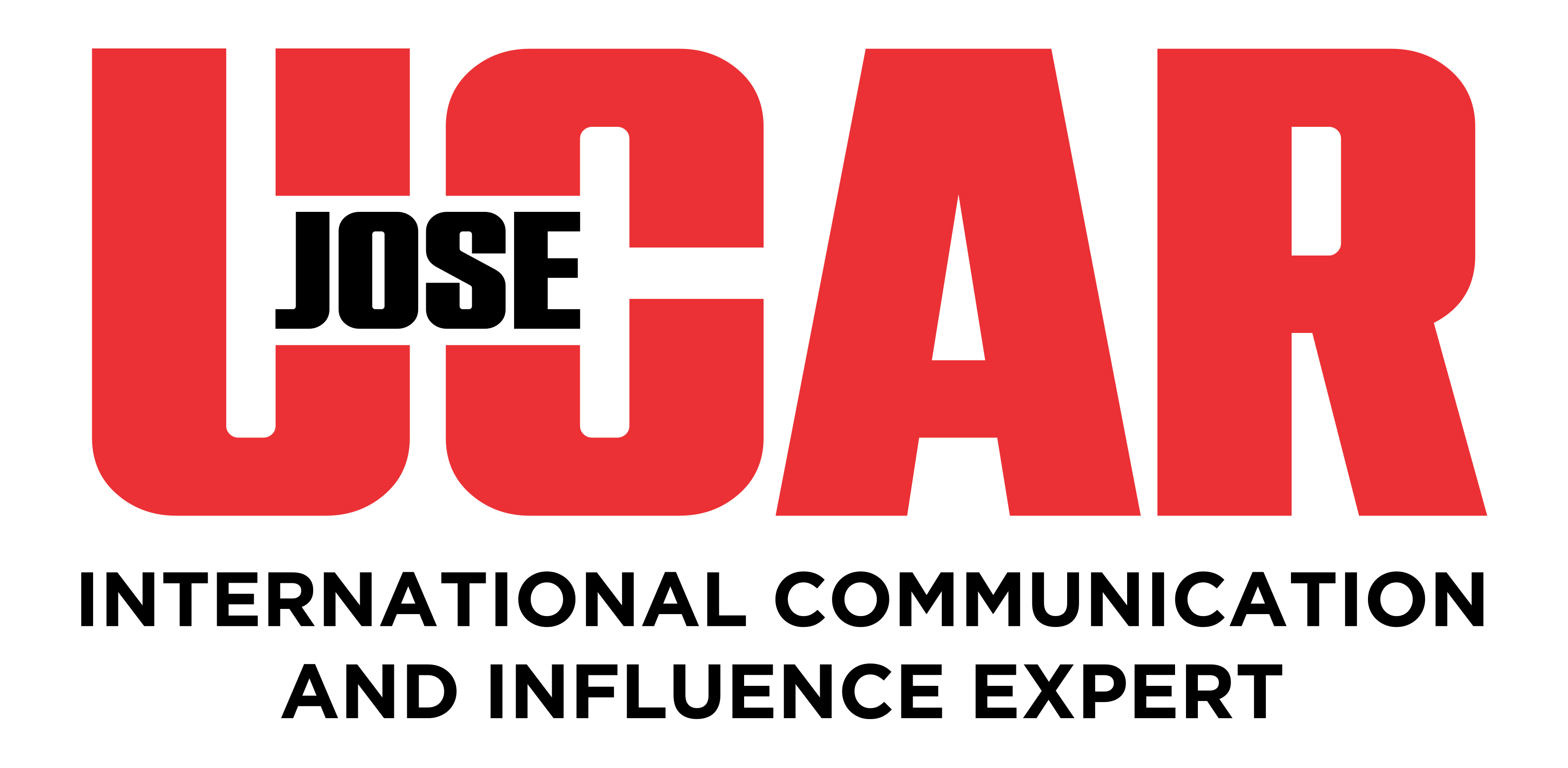Think about your best experiences in life that involve other people. What do they all have in common?
Almost certainly, your answer has something to do with connection. At the simplest level, good things with other people can only happen when we connect.
Now look at this concept from the opposite viewpoint and imagine what it would be like to do something with someone you do not have a connection with. Then apply this notion to any attempt to sell a product or service. Nothing positive will come from this kind of situation, will it? That is why it is so important to connect with your audience first, whether it is one person or a whole crowd.
If You Can Connect, You Can Positively Influence
Public speaking coach Jose Ucar is an expert in communication. He has spent many years helping people in business stand out from the crowd and find more effective methods to connect with their audiences and deliver value to their customers.
“With anything in sales and human connection, you start with a surface connection,” Jose explains. “Then you progress to a deep connection, which is what I like to call the influence level, where you get people to take positive action and make a decision that benefits them.”
When you have spoken to someone and made a connection, there was a way in which you engaged them. And once you have established this engagement with someone, you can repeat that process to engage with them the same way in future interactions.
“If you engage with someone in a certain way and it creates in their mind an impression about that situation and yourself and what you are saying, then, if the impression is positive, trust starts building up,” Jose explains.
Start Connecting By Transferring Certainty
“I come across so many different businesses and coaches that have got so much value to offer to their audiences, but they lack that visibility and that opportunity to connect,” Jose says. “Frequently, they also do not sound confident when they speak, which means they do not sell their solutions in a way that helps their audiences benefit from them.”
Alongside his public speaking coaching, Jose is also a Neuro-Linguistic Programming (NLP) Master Trainer. He knows that the quality of your thoughts determines the quality of your speaking and selling, and he is passionate about helping his clients overcome any challenges they have when connecting with others. He aims to teach them how to engage their audience in any situation.
One of the first things he teaches them is how to transfer certainty. “We are like these parabolic antennas broadcasting emotions,” Jose explains. “If we are feeling sad, the audience is going to pick up on that sadness. For the first few seconds, they may only detect it on an unconscious level, but the conscious mind will soon catch up.”
He continues, “If you’re excited, the audience will pick up on that and, if you are uncertain, the audience will detect that too. How are you going to sell something if you are not sure about it?”
For example, have you ever been to a place because someone recommended it? Whether it is a restaurant, a museum, or a foreign country they are talking about, their recommendation has the potential to be powerfully persuasive.
“However, if a friend asks you whether you would recommend going to a particular place and you say, ‘yes, but it wasn’t that good,’ would you go?” Jose asks.
This situation clearly illustrates why it is essential to transfer certainty to your audience when selling to them. Think of a time in your life when you recommended a place you love to someone, and they then decided to go there.
You made a successful sale at that moment, and it fills you with pride when you look back at it. If you can apply that same certainty when selling your business, you will get better results.
Transferring certainty is an essential early step to earning the trust of your audience. And even if they already trust you, it is still vital to communicate your confidence about your business and your products and services whenever you talk to them.
Once You Have Connected, Then You Can Persuade
Aristotle believed that the art of persuasion is primarily about appealing to your audience’s emotions. There is a rational element, but TedX research indicates that this only makes up about 35% of a persuasive presentation.
“We create an emotional case to connect with the unconscious, the heart, and the gut,” Jose says. “Then we create a rational case to connect with the brain.”
“Most of the time, when we make decisions, we get a gut feeling that it feels right or wrong. Then we use our mind to rationalize what we are feeling.”
If you want to assess the impact of your speeches, Jose recommends that you start by recording yourself speaking for five minutes and then listening to it. While you do this, work out how much time you spend talking about yourself, your background, and your experience. Is it enough to establish credibility and position yourself as an authority in the mind of your audience? Or are you sharing so much about yourself that your audience will think you are self-obsessed and lose interest?
It is also important to assess your whole-body delivery, how many facts you are sharing and whether you are getting the balance right between data and storytelling. According to the TedX research, you should spend 65% of your time appealing to your audience’s emotions through stories and body language.
If you strike the appropriate balance, a speech can leave a lasting impact on your audience. It might be something they recall months later, it might be something they tell their friends or colleagues, and it might even prompt them to make an important change in their lives. This is what being memorable is all about.
Preparing for a speech can be overwhelming, but it becomes a more straightforward process if you remember to focus on your audience instead of yourself. Concentrate on adding value for them and framing the details in ways that make it clear how much they can benefit from what you are sharing.
“When Apple launched the first iPod, they didn’t say it had 5GB of storage space; they said that 5GB was the equivalent of 1,000 songs in your pocket,” Jose says. “This was a very clever method of highlighting what the audience would get if they purchased their product, as well as a great way of putting data into perspective.”
If you want to find out more about how you can stand out from the crowd, craft persuasive presentations, connect with your audience and deliver your greatness by mastering the language of influence and the art of public speaking or speaking to sell, join Jose for a virtual coffee.

